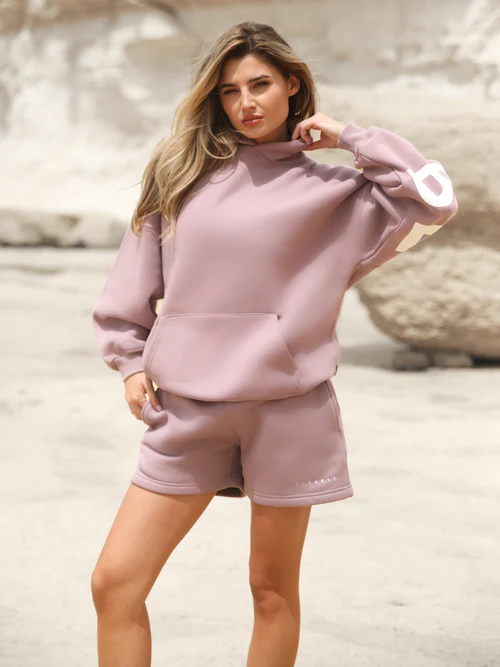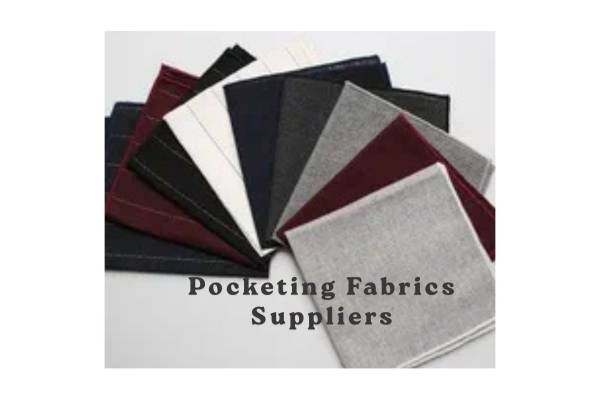In the world of apparel manufacturing, much attention is given to the main fabrics used in garments. However, a crucial but often overlooked component is pocketing fabric—the material used inside pockets to provide structure, durability, and comfort. Behind every well-stitched pair of jeans, trousers, or jackets lies the contribution of Pocketing Fabric Suppliers, the unsung heroes of the textile industry.
What Is Pocketing Fabric?
Pocketing fabric is typically a lightweight, durable textile used to construct the inner pockets of garments. These fabrics need to strike a balance between strength and softness, ensuring that they withstand wear and tear without adding unnecessary bulk or stiffness to the garment.
Common types of pocketing fabrics include:
- Poly-cotton blends
- 100% cotton twill
- Spunbond non-woven fabric
- Taffeta or polyester fabrics
- Poplin or percale weaves
The selection depends on the end use of the garment. For example, heavy-duty workwear may require stronger, more resilient fabrics, while dress pants may use softer, more breathable options.
The Role of Pocketing Fabric Suppliers
Pocketing fabric suppliers are vital to the apparel and fashion supply chain. They ensure that clothing manufacturers receive materials that meet specific standards in terms of:
- Weight and GSM (grams per square meter)
- Shrinkage tolerance
- Colorfastness
- Sewing compatibility
- Sustainability and compliance
Reliable suppliers not only provide quality fabric but also offer customization in terms of color, pattern (like printed logos or branding), and width to suit various design needs.
Qualities of a Good Pocketing Fabric Supplier
When selecting a pocketing fabric supplier, garment manufacturers consider several key factors:
- Quality Assurance: Consistent fabric quality with minimal defects.
- Variety: Availability of different blends, weaves, and finishes.
- Competitive Pricing: Cost-efficiency without compromising on quality.
- Timely Delivery: Adherence to lead times is critical in the fashion industry.
- Sustainability Practices: Use of eco-friendly fibers and dyes.
- Compliance: Certifications like OEKO-TEX®, GOTS, or ISO standards.
- Customization: Ability to meet client-specific requirements, including branded pocket linings.
Global Hotspots for Pocketing Fabric Supply
Several regions around the world are known for their textile manufacturing capabilities and house some of the top pocketing fabric suppliers. These include:
- India: Known for cotton-based pocketing fabrics, India offers both mass production and customization.
- China: A global leader in polyester and blended fabric manufacturing, with strong logistics networks.
- Pakistan: Offers cost-effective cotton and blended pocketing solutions.
- Bangladesh: Supplies pocketing fabrics as part of its large garment manufacturing ecosystem.
- Turkey and Vietnam: Emerging hubs with a focus on quality and sustainable production.
Sustainability in Pocketing Fabric Production
With rising global awareness around environmental issues, more suppliers are investing in sustainable pocketing fabrics. This includes:
- Using organic cotton
- Recycling polyester (rPET)
- Employing eco-friendly dyes and finishing processes
- Reducing water and energy consumption
Manufacturers and brands looking to build greener supply chains are increasingly partnering with suppliers who align with their sustainability goals.
Challenges in Sourcing Pocketing Fabrics
Despite their importance, sourcing pocketing fabrics comes with its own set of challenges:
- Fluctuating raw material costs (especially cotton)
- Inconsistency in color or quality batches
- Delays in shipping or customs
- Miscommunication over specifications
To overcome these issues, many manufacturers build long-term partnerships with trusted suppliers, invest in digital sampling and inspections, and sometimes work through sourcing agents or trade platforms.
Conclusion
While pocketing fabric may not be the star of the show in garment design, it plays a crucial backstage role in ensuring functionality, comfort, and garment longevity. As such, pocketing fabric suppliers are indispensable to the apparel industry. Whether you’re a small-scale fashion brand or a global clothing manufacturer, choosing the right supplier can significantly impact your product quality, cost efficiency, and brand reputation.
With an increasing focus on sustainability, compliance, and innovation, the role of pocketing fabric suppliers is evolving. Forward-thinking businesses will benefit from aligning with suppliers who not only deliver on quality and price but also support long-term environmental and social goals.







